When to Plant Hydrangea: Timing Tips for Optimal Growth
Hydrangeas are beautiful flowering shrubs that are popular in gardens and landscapes around the world. They are known for their large, colorful blooms in shades of pink, blue, white, and purple. If you are interested in planting hydrangeas, it is important to know the best time to plant them.
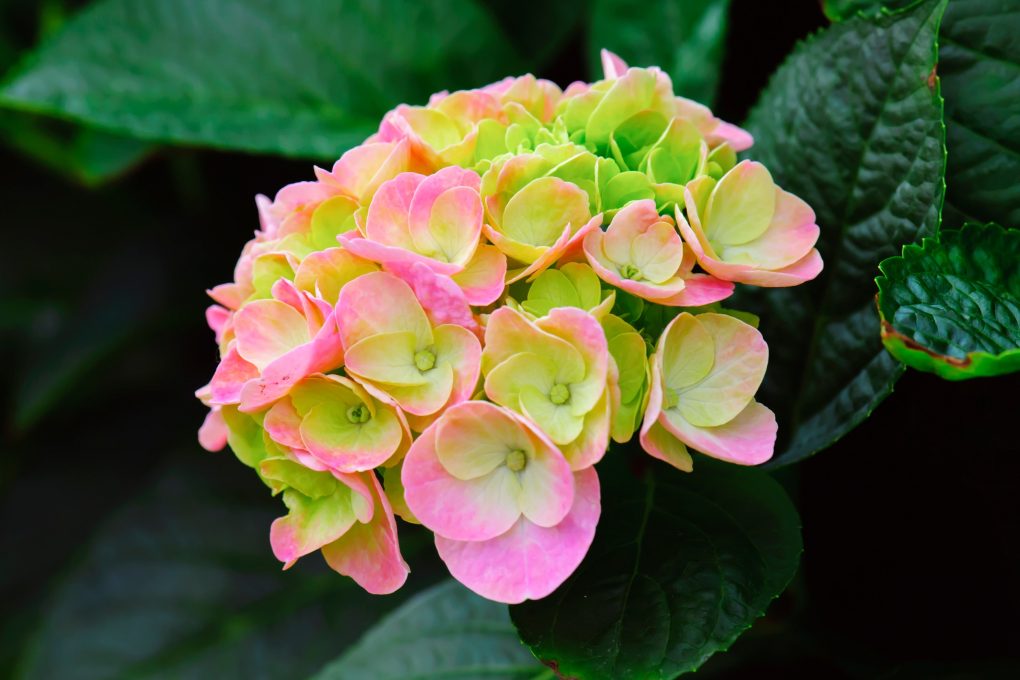
The ideal time to plant hydrangeas depends on several factors, including your climate, the type of hydrangea you are planting, and your preferences. However, the best time to plant hydrangeas is spring or fall.
Planting in the spring allows the shrub to establish roots before the summer heat arrives, while planting in the fall allows the shrub to establish roots before the winter cold arrives.
It is important to avoid planting hydrangeas during the hottest part of the summer or the coldest part of the winter. However, extreme temperatures can stress the plant and make it more difficult to establish roots. Additionally, it is a good idea to plant hydrangeas in an area that receives partial shade, as they do not do well in full sun.
Table of Contents
Climate Considerations
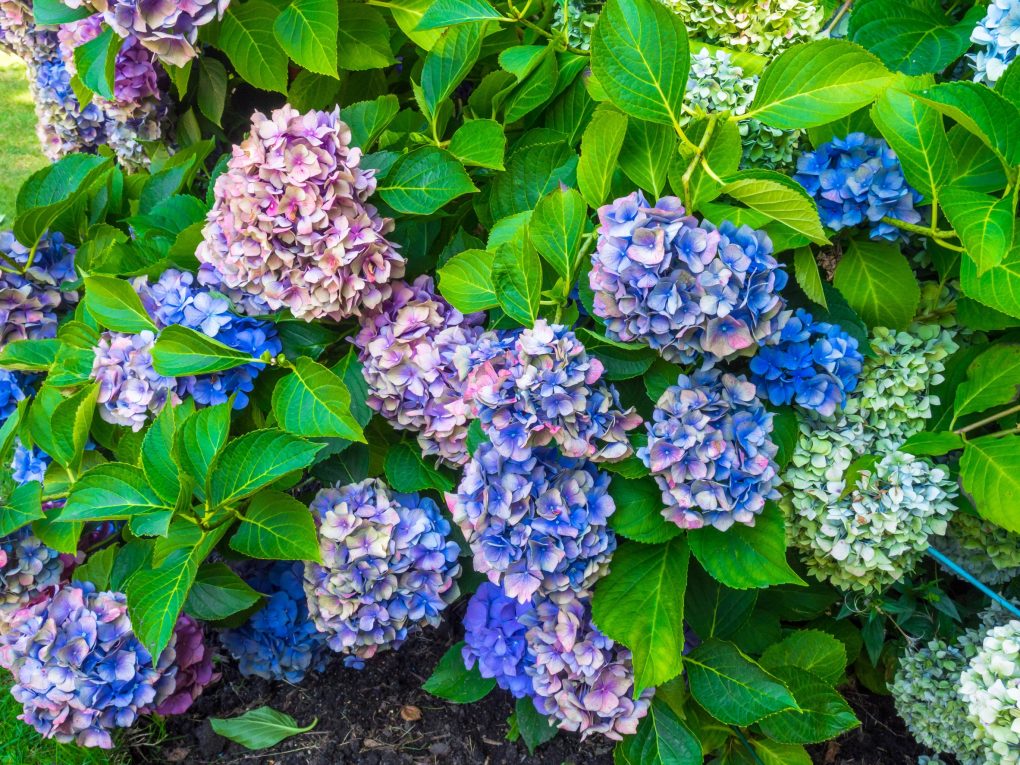
When planting hydrangeas, climate considerations are important to keep in mind. Different hydrangea varieties have different preferences for temperature, sunlight, and water.
Hardiness Zones
One of the most important factors to consider when planting hydrangeas is the hardiness zone of your location. Hardiness zones are geographic areas defined by the average minimum temperature in the winter. Different hydrangea varieties have different hardiness zone requirements, so choosing a variety that is well-suited to your zone is important.
For example, the popular mophead and lacecap hydrangeas (Hydrangea macrophylla) are hardy in zones 6-9, while the panicle hydrangea (Hydrangea paniculata) can tolerate colder temperatures and is hardy in zones 3-8.
Consult a hardiness zone map to determine the zone of your location and choose a hydrangea variety that is well-suited to your zone.
When to Plant Hydrangeas
Hydrangeas are beautiful and popular ornamental plants that add color to any garden. But when is the best time to plant them? The answer depends on various factors, including your climate, the type of hydrangea, and whether you’re planting in the ground or a container. Here are guidelines to help you decide when to plant hydrangeas.
Spring Planting
Spring is a popular time to plant hydrangeas, especially in areas with mild climates. Planting in the spring gives the plants time to establish their roots before the hot summer weather arrives. Here are some tips for spring planting:
- Wait until the danger of frost has passed before planting.
- Pick a sunny spot in the morning and a shady spot in the afternoon.
- Make sure the soil is well-drained and rich in organic matter.
- Water the plants regularly, especially during dry spells.
Remember that different types of hydrangeas have different planting requirements. For example, bigleaf hydrangeas (Hydrangea macrophylla) prefer slightly acidic soil, while panicle hydrangeas (Hydrangea paniculata) can tolerate more alkaline soil. Be sure to research the specific needs of your chosen hydrangea before planting.
Fall Planting
Fall is another good time to plant hydrangeas, especially in areas with harsh winters. Planting in the fall gives the plants time to establish their roots before the ground freezes. Here are some tips for fall planting:
- Plant at least six weeks before the first frost.
- Pick a sunny spot in the morning and a shady spot in the afternoon.
- Make sure the soil is well-drained and rich in organic matter.
- Water the plants regularly, especially during dry spells.
Again, different types of hydrangeas have different planting requirements. For example, smooth hydrangeas (Hydrangea arborescens) prefer moist soil, while oakleaf hydrangeas (Hydrangea quercifolia) can tolerate drier soil. Be sure to research the specific needs of your chosen hydrangea before planting.
Soil Preparation
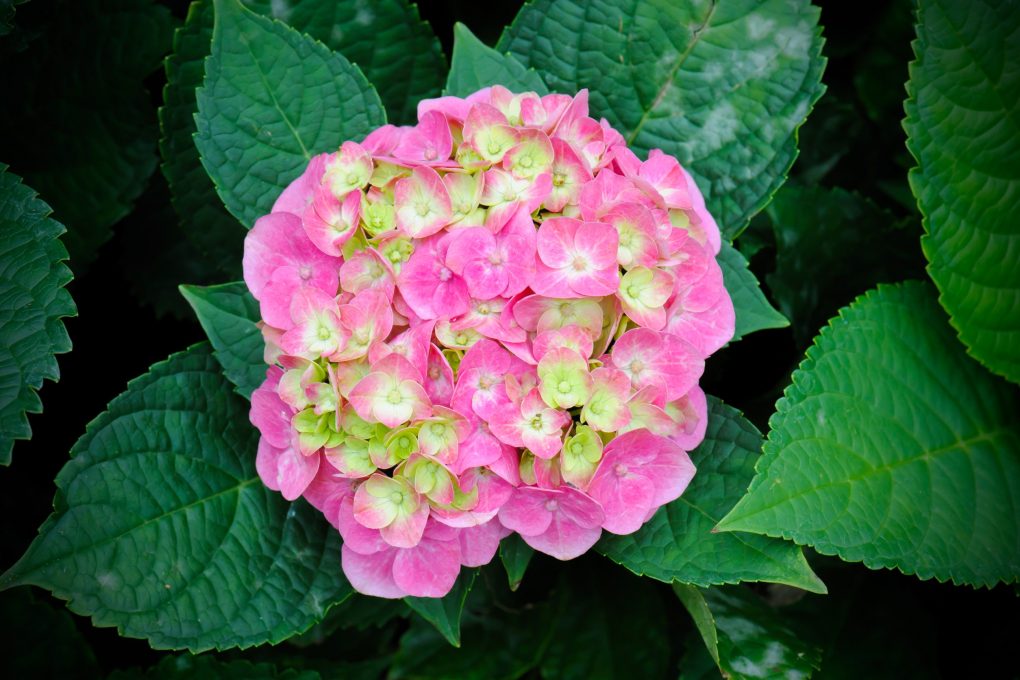
Before planting hydrangeas, it’s important to prepare the soil properly to ensure healthy growth and vibrant blooms. This section will cover two important sub-sections: soil pH and soil amendments.
Soil pH
Hydrangeas prefer slightly acidic soil with a pH between 5.2 and 6.2. The flowers will turn pink or even red if your soil is too alkaline. On the other hand, if the soil is too acidic, the flowers will be blue. So it’s important to test your soil’s pH before planting hydrangeas to ensure the proper pH level.
If your soil is too alkaline, you can lower the pH level by adding sulfur or aluminum sulfate. If your soil is too acidic, add lime or wood ashes to raise the pH level. It’s important to follow the instructions carefully and not overdo it with soil amendments, as this can harm the plant.
Soil Amendments
In addition to adjusting the soil pH, adding organic matter to the soil is important before planting hydrangeas. Organic matter improves soil structure, drainage, and nutrient retention, which are important for healthy plant growth.
Some good organic matter options for hydrangeas include compost, well-rotted manure, and leaf mold. So it’s important to thoroughly mix the organic matter into the soil before planting the hydrangeas.
Another important soil amendment for hydrangeas is fertilizer. Hydrangeas are heavy feeders and require regular fertilization to promote healthy growth and blooms. Therefore, it’s important to choose a fertilizer specifically formulated for hydrangeas and follow the instructions carefully.
Proper soil preparation is essential for healthy hydrangea growth and beautiful blooms. By testing the soil pH, adding organic matter, and fertilizing regularly, gardeners can ensure their hydrangeas thrive.
Planting Hydrangeas
Choosing a Planting Site
When choosing a site to plant hydrangeas, it is important to consider the amount of sunlight and soil conditions. Hydrangeas prefer partial shade, so planting them in a north- or east-facing site is best. You should avoid planting them on the south and west sides of your property where the warmth of winter sun could cause them to swell prematurely.
Hydrangeas also prefer moist, well-drained soil. If your soil is heavy and clay-like, consider amending it with organic matter such as compost or peat moss to improve drainage. If your soil is sandy and drains too quickly, consider adding organic matter to help it retain moisture.
Planting Instructions
The ideal time to plant hydrangeas is in the fall, followed by early spring. It is important to give the shrub plenty of time to establish a healthy root system before blooming. The ideal time to plant is early morning or late afternoon to protect the plant from heat stress.
When planting hydrangeas, dig a hole twice as wide and as deep as the root ball. After loosening the roots, place the plant in the hole, leveling the top of its root ball with the surface of the soil. Fill the hole with soil and tamp it down firmly to remove any air pockets. Soil should be watered thoroughly to help settle the plant.
It is also important to mulch around the base of the plant to help retain moisture and suppress weeds. First, apply a layer of mulch 2-3 inches deep, keeping the mulch away from the stem to prevent rot.
| Planting Time | Soil Type | Light |
| Best in fall, followed by early spring | Moist, well-drained soil | Partial shade |
By following these planting instructions and choosing the right planting site, you can help ensure that your hydrangeas thrive and produce beautiful blooms year after year.
Care and Maintenance
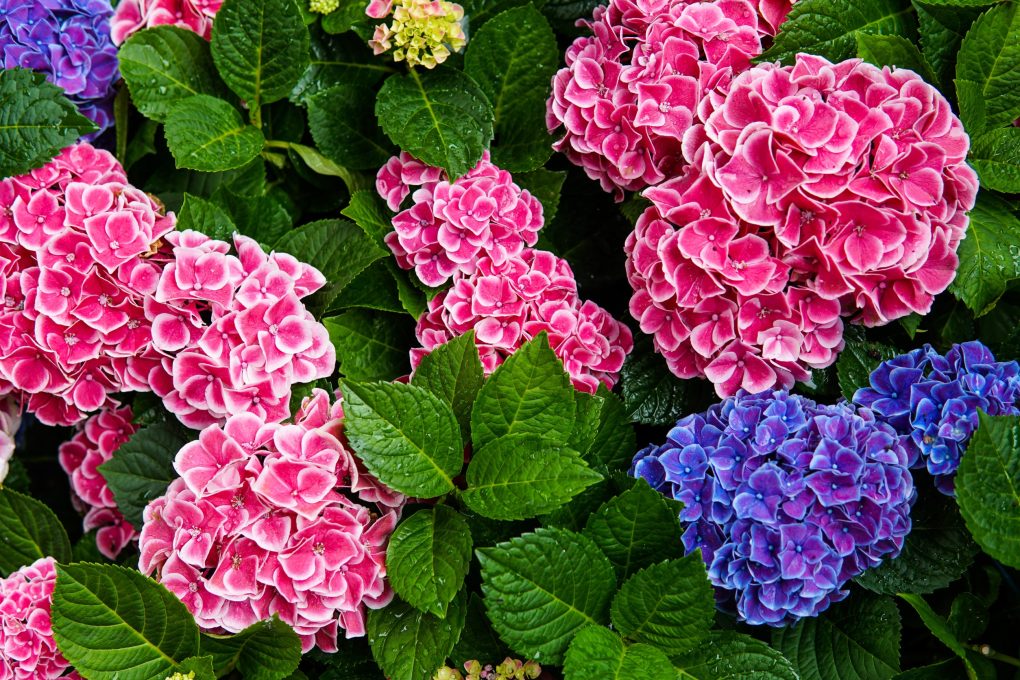
Proper care and maintenance are essential for growing healthy and vibrant hydrangeas. Here are tips on how to care for your hydrangeas:
Watering
Hydrangeas require consistent moisture to thrive. Watering should be done regularly, especially during hot and dry weather conditions. The watering frequency should be based on the variety of hydrangea and the climate in your area. Generally, hydrangeas should receive at least one inch of water per week throughout the growing season. Deep watering three times a week is preferable to shallow watering. This encourages root growth and helps prevent the plant from drying out.
Fertilizing
Fertilizing hydrangeas can help promote healthy growth and vibrant blooms. It is recommended to fertilize once in the spring using a balanced fertilizer. Do not fertilize late in the season, as this can promote new growth that isn’t hardened off in time. Over-fertilization can lead to excessive foliage growth at the expense of blooms.
Pruning
Pruning hydrangeas is essential to maintain their shape and promote healthy growth. The timing and method of pruning depend on the variety of hydrangea. The old wood of hydrangeas should be pruned after blooming, whereas the new wood of hydrangeas should be pruned in late winter or early spring. Deadheading, or removing spent blooms, can help promote new growth and prolong the blooming season.
You can enjoy healthy and vibrant hydrangeas in your garden for years by following these care and maintenance tips.
Common Problems
Hydrangeas are generally easy to care for but can still encounter some problems. Here are a few common issues that gardeners may face when growing hydrangeas:
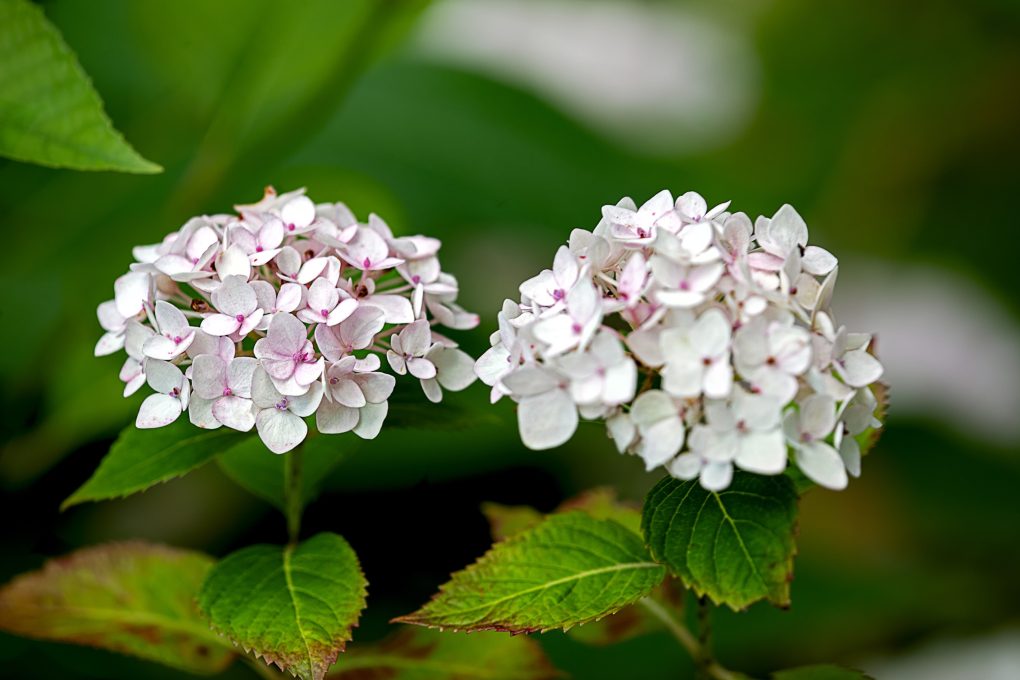
Pests
Hydrangeas are susceptible to various pests, including aphids, spider mites, and Japanese beetles. In severe cases, these pests can even kill the plant. They cause damage to the plant’s leaves and flowers. To prevent pest infestations, gardeners can use insecticidal soap or neem oil. Therefore, it is important to follow the instructions on the product label carefully and to apply the product when the plant is not in direct sunlight.
Diseases
Hydrangeas can also be affected by various diseases, such as powdery mildew, leaf spot, and bacterial wilt. The white, powdery coating on leaves and flowers is caused by powdery mildew, a fungal disease. Leaf spot is another fungal disease that causes brown spots on the leaves. Bacterial wilt is a bacterial disease that causes wilting and death of the plant. To prevent these diseases, gardeners should avoid overhead watering, as this can create a moist environment conducive to fungal growth. They should also remove and destroy any infected plant parts.
Overall, with proper care and attention, most problems with hydrangeas can be prevented or treated. Therefore, gardeners should monitor their plants regularly and take action at the first sign of any issues.
